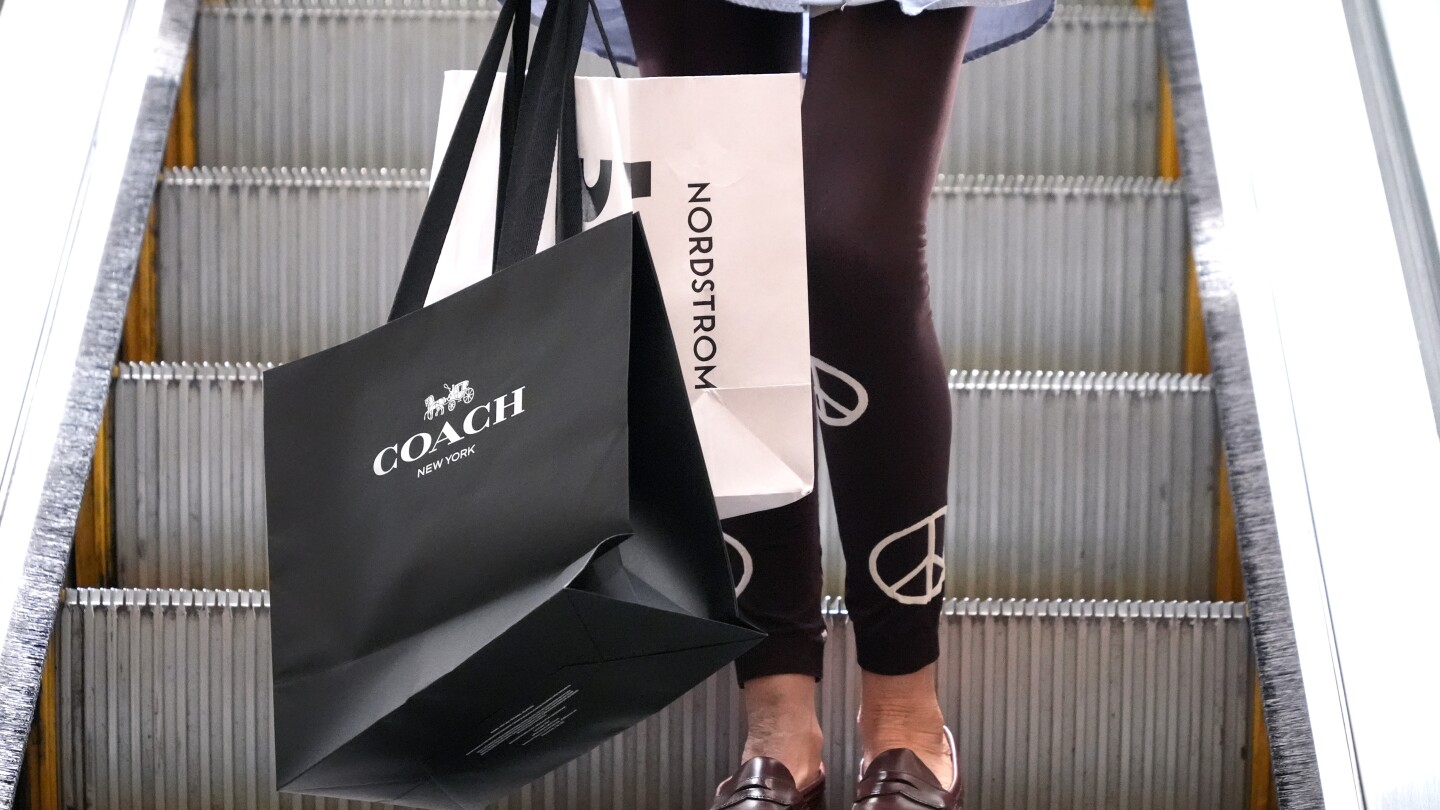It’s a trend that has surprised many: Why, despite being squeezed by high prices, have Americans kept spending at retail stores and restaurants at a robust pace?
One key reason is a relatively simple one: Wealthier consumers, boosted by strong gains in income, home equity and stock market wealth, have increasingly driven the spending.
That trend, documented by Federal Reserve research, represents something of a shift from the pre-pandemic period. And it suggests that consumer spending, the primary driver of the U.S. economy, could help sustain healthy growth this year and next.
Lower-income consumers, by contrast, have been disproportionately squeezed by higher-priced rent, groceries and other necessities, leaving them less able to spend on discretionary items, like electronics, entertainment and restaurant meals, than they were before the pandemic. Though their spending is starting to rebound as inflation-adjusted incomes rise, it could be years before their finances fully recover.

